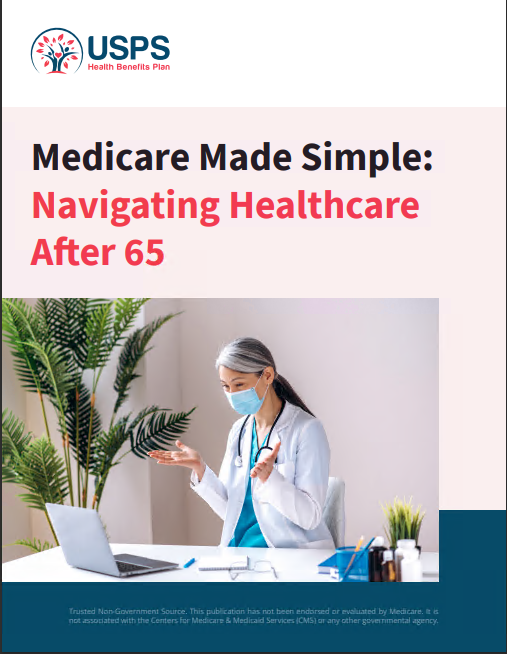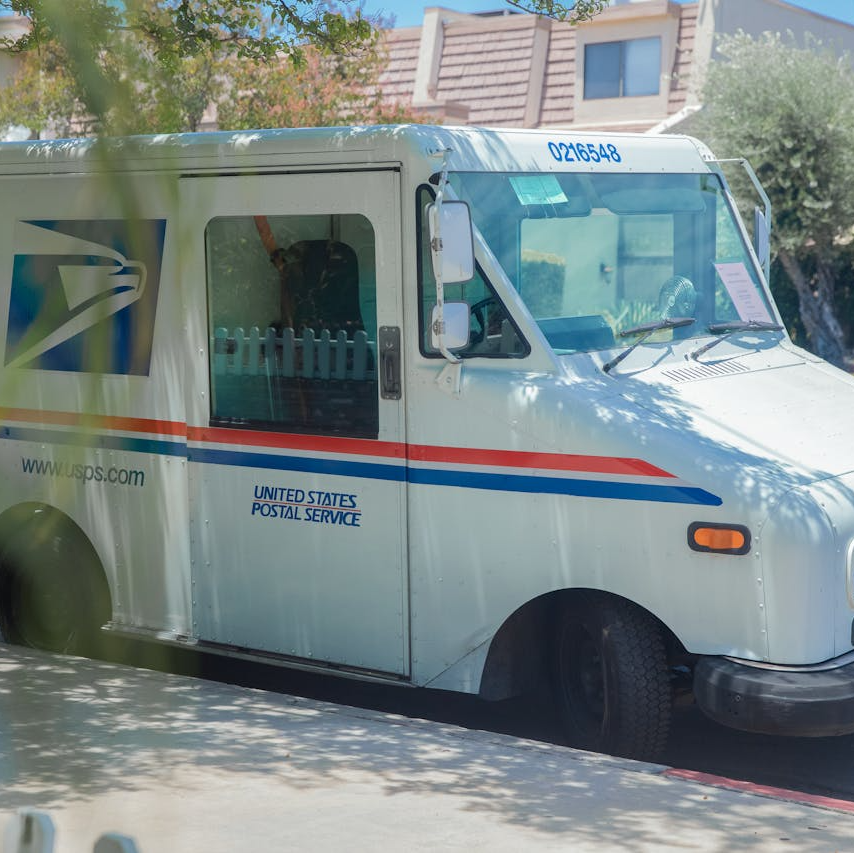Key Takeaways
- The Postal Service Reform Act of 2022 significantly impacts Postal Service Health Benefits (PSHB) by altering the structure and funding of healthcare for USPS workers.
- This legislation introduces major changes that USPS workers need to understand, particularly how it reshapes their healthcare benefits.
Postal Service Reform Act 2022: How It’s Reshaping PSHB and What It Means for Workers
The Postal Service Reform Act of 2022 (PSRA) represents one of the most significant overhauls of the United States Postal Service (USPS) in recent history. Among its various provisions, the Act introduces substantial changes to the Postal Service Health Benefits (PSHB) program, which affects the healthcare options available to postal workers and retirees. By reforming the funding and structure of healthcare benefits for USPS employees, the Act aims to ensure the long-term financial stability of the USPS while safeguarding the well-being of its workforce. This article delves into how the PSRA is reshaping PSHB and what these changes mean for USPS workers.
Understanding the Postal Service Reform Act of 2022
The Postal Service Reform Act of 2022, signed into law on April 6, 2022, by President Joe Biden, marked a pivotal moment in the history of the USPS. The Act was designed to address the financial struggles of the USPS, which had been facing significant financial challenges for over a decade. A key component of the Act involves restructuring the way healthcare benefits are provided to postal workers, aiming to reduce costs and improve the sustainability of these benefits.
Key Provisions of the PSRA Affecting PSHB
The PSRA introduces several critical changes that impact the Postal Service Health Benefits program:
-
Medicare Integration: One of the most notable changes is the integration of Medicare into the health benefits system for postal workers. Starting in 2025, most USPS employees and retirees will be required to enroll in Medicare Part B as a condition of receiving their PSHB benefits. This shift is expected to reduce the financial burden on the USPS by transferring some of the healthcare costs to the Medicare program.
-
Creation of the Postal Service Health Benefits Program: The Act mandates the creation of a new Postal Service Health Benefits program, which will be separate from the Federal Employees Health Benefits (FEHB) program. This new program will be designed specifically for postal workers, with plans that align more closely with their unique needs and circumstances.
-
Pre-funding Requirement Elimination: The Act eliminates the controversial requirement for the USPS to pre-fund retiree health benefits, which had been a significant financial strain on the organization. This change allows the USPS to focus more on its operational needs without the burden of setting aside funds for future retiree health benefits.
How PSHB Changes Impact Current and Retired Workers
The changes brought about by the Postal Service Reform Act of 2022 have far-reaching implications for both current postal workers and retirees. Here’s a closer look at how these groups will be affected:
Impact on Current Postal Workers
For current USPS employees, the integration of Medicare into the PSHB program means that, starting in 2025, they will need to enroll in Medicare Part B upon becoming eligible at age 65. This enrollment will be mandatory for employees to receive their PSHB benefits. While this may increase out-of-pocket costs for some workers due to Medicare Part B premiums, it also means that their healthcare coverage will be more comprehensive, with Medicare covering a significant portion of their medical expenses.
Additionally, the creation of the new PSHB program tailored specifically for postal workers could lead to more tailored health plans that better meet the needs of USPS employees. However, it will be crucial for workers to review their options carefully to ensure that they choose the plan that best fits their healthcare needs.
Impact on Retired Postal Workers
Retirees will also be impacted by the PSRA’s changes, particularly those who are not currently enrolled in Medicare Part B. Retirees who are 65 or older at the time the new rules take effect in 2025 will be given a special enrollment period to sign up for Medicare Part B without facing the usual late enrollment penalties. This enrollment will be essential for continuing to receive PSHB benefits.
The new PSHB program will offer retirees options that are more closely aligned with their healthcare needs, potentially providing better coverage and lower costs compared to previous plans. However, retirees will need to carefully assess their healthcare needs and costs associated with enrolling in Medicare Part B to make informed decisions about their coverage.
Why the PSRA Matters for USPS Workers
The Postal Service Reform Act of 2022 is more than just a financial reform measure for the USPS; it is a critical piece of legislation that directly impacts the health and financial security of USPS workers and retirees. The integration of Medicare into the PSHB program is designed to reduce the financial burden on the USPS, potentially lowering healthcare costs for the organization and its workers. However, this shift also places new responsibilities on employees and retirees to enroll in Medicare and navigate the complexities of their new healthcare options.
For many USPS workers, particularly those approaching retirement, understanding the changes brought about by the PSRA will be essential to making informed decisions about their healthcare coverage. The creation of the new PSHB program offers the potential for more customized healthcare options, but it also requires workers and retirees to become familiar with new plans and enrollment processes.
Preparing for the Changes: What USPS Workers Should Do
Given the significant changes to the PSHB program under the PSRA, it is crucial for USPS workers to take proactive steps to prepare for the upcoming transition:
-
Understand Medicare Enrollment Requirements: Workers should familiarize themselves with the Medicare enrollment process and the associated costs of Medicare Part B. For those nearing age 65, it will be important to plan for enrolling in Medicare Part B to ensure continued access to PSHB benefits.
-
Review New PSHB Plan Options: As the new PSHB program is developed, USPS workers should closely review the available plan options to determine which one best meets their healthcare needs. This may involve comparing costs, coverage levels, and provider networks.
-
Stay Informed About Implementation Timelines: The PSRA’s changes will be implemented gradually, with key provisions taking effect in 2025. USPS workers should stay informed about the timeline for these changes and any additional steps they need to take to comply with the new rules.
-
Consult with Licensed Insurance Agents: To navigate the complexities of Medicare and the new PSHB program, USPS workers may benefit from consulting with licensed insurance agents who can provide personalized advice based on their individual circumstances.
Potential Challenges and Considerations
While the Postal Service Reform Act of 2022 aims to provide long-term financial stability for the USPS and improve healthcare benefits for workers, there are potential challenges and considerations that should not be overlooked:
-
Increased Out-of-Pocket Costs: For some USPS workers, the requirement to enroll in Medicare Part B could result in higher out-of-pocket costs due to the monthly premiums associated with this coverage. Workers will need to weigh these costs against the potential benefits of more comprehensive healthcare coverage.
-
Navigating the New PSHB Program: The transition to a new PSHB program could be complex, particularly for workers who are accustomed to the FEHB program. Understanding the differences between the two programs and how to select the most appropriate plan will be critical.
-
Retiree Concerns: Retirees who have not previously enrolled in Medicare Part B may be concerned about the impact of these changes on their healthcare coverage. The special enrollment period offered under the PSRA will be important for ensuring that retirees can maintain their PSHB benefits without penalty.
Looking Forward: The Future of PSHB Under the PSRA
As the USPS and its workers adapt to the changes brought about by the Postal Service Reform Act of 2022, it is clear that the landscape of postal worker healthcare benefits is undergoing a significant transformation. The success of the new PSHB program will depend on effective implementation, clear communication, and the ability of workers and retirees to navigate the new system.
In the coming years, USPS workers will need to stay informed and engaged with the ongoing changes to their healthcare benefits. By understanding the provisions of the PSRA and taking proactive steps to prepare for the transition, workers can ensure that they continue to receive the healthcare coverage they need while contributing to the long-term stability of the USPS.
Ensuring a Smooth Transition for USPS Workers
To successfully navigate the changes introduced by the Postal Service Reform Act of 2022, USPS workers must remain proactive and informed. By understanding the new requirements, reviewing available healthcare options, and seeking professional guidance, workers can make informed decisions about their healthcare coverage and secure their financial well-being as the USPS undergoes this important transformation.
Contact Information:
Email: [email protected]
Phone: 14352602264










